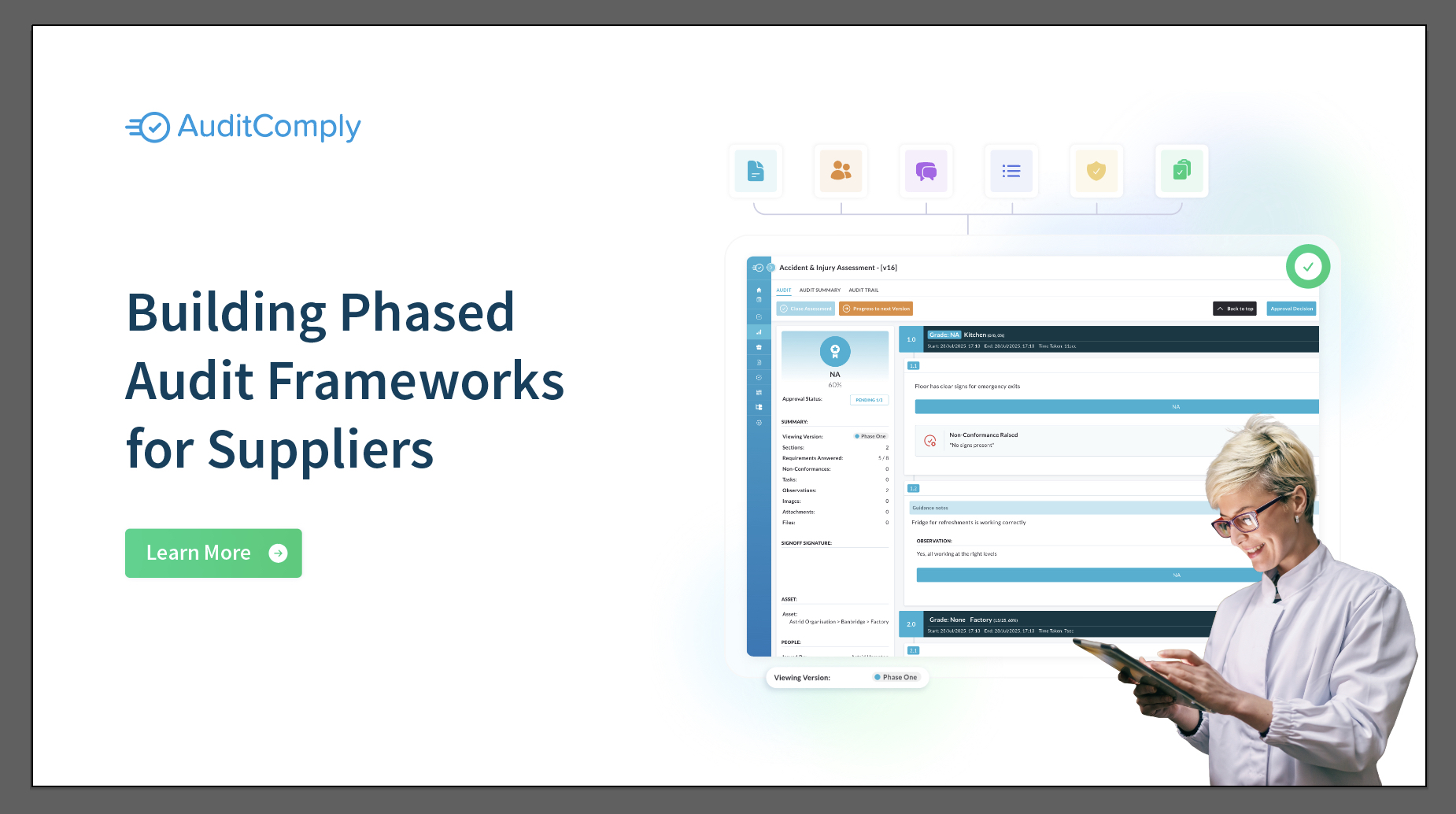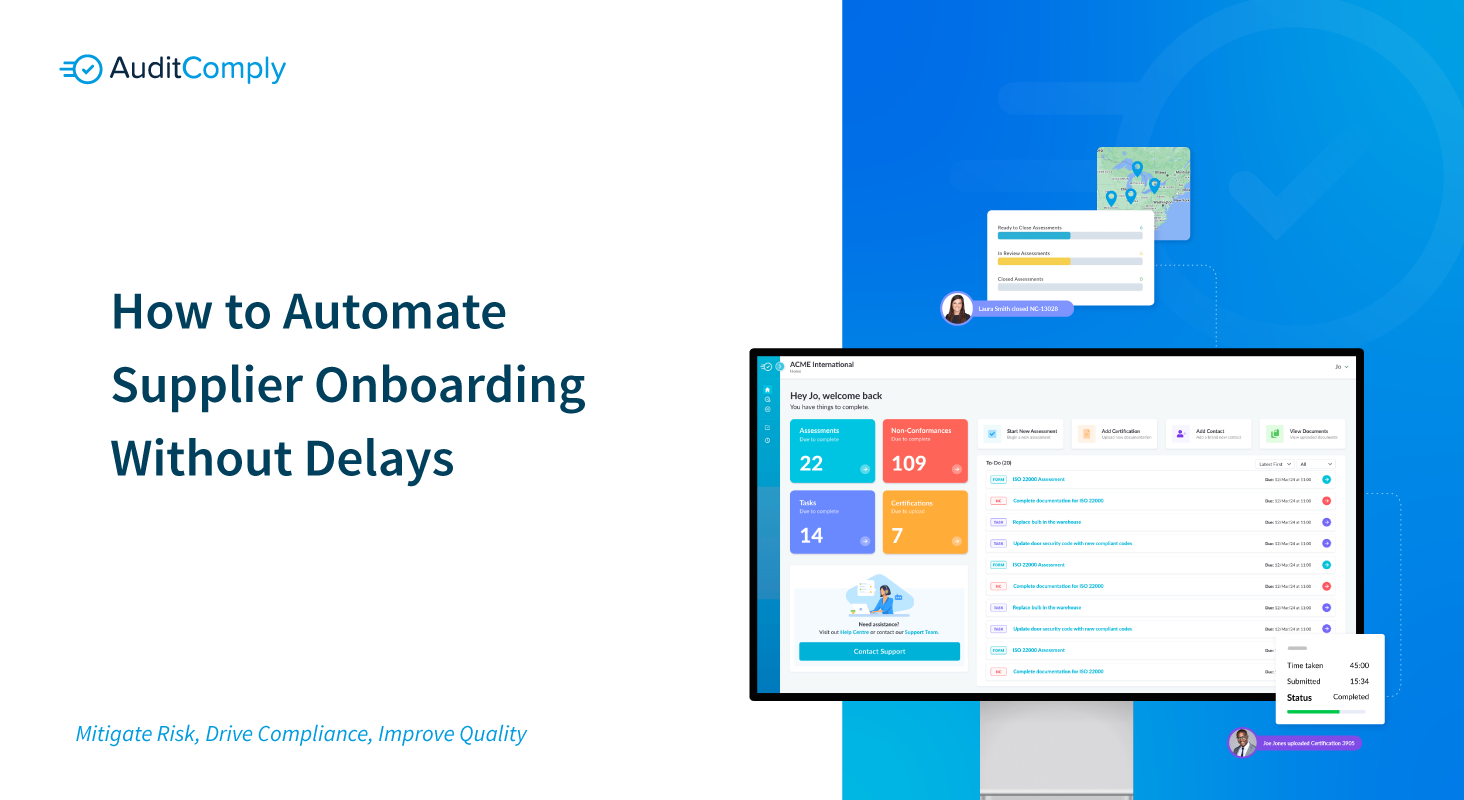Navigating the world of food safety standards and GFSI certification schemes requires more than a surface-level understanding, it demands visionary thinking, strategic decision-making, and data-driven action. As the food industry faces unprecedented regulatory requirements and evolving consumer expectations, choosing the right Global Food Safety Initiative (GFSI) certification scheme is both a compliance imperative and a strategic differentiator.
In this blog, we move beyond basics to deliver a comprehensive, future-oriented blueprint that empowers your business to not only achieve food safety compliance but also become a leader in food safety management systems innovation.
GFSI: More Than Compliance – A Catalyst for Transformation
The Global Food Safety Initiative (GFSI) is the global gold standard for benchmarking robust and credible food safety management systems. With over 100 countries recognizing GFSI schemes and more than 160,000 certified sites worldwide (GFSI Data), GFSI’s influence has reshaped expectations for transparency, accountability, and operational rigor from farm to fork.
Why embrace GFSI standards and certification?
- Global Trust and Market Access: GFSI certification is the passport to international trade, with major retailers and manufacturers- including Walmart, Tesco, and Danone – requiring supplier certification (GFSI Value Proposition).
- Future-Focused Regulatory Alignment: With regulations – such as FSMA in the US and FIC in Europe – growing more stringent, GFSI-recognized schemes ensure your systems are audit-ready for any market (FDA FSMA Guidance).
- Operational Resilience: Real-time risk identification and data-driven decision-making become the norm with GFSI-backed standards and supporting technologies.
- Reputation and Consumer Confidence: 83% of consumers say food safety certifications influence their purchase choices (FSA). The GFSI mark signals a relentless commitment to food safety and quality.
In-Depth: GFSI Certification Schemes and Unique Considerations
Understanding which scheme best fits your enterprise means looking at not just the basics, but also sector-specific focus, adaptability, and technological readiness.
1. BRCGS (British Retail Consortium Global Standard)
The BRCGS Global Standard for Food Safety provides comprehensive, process-driven frameworks for risk control and continual improvement. Its certification is recognized in over 130 countries.
Strategic Advantages:
- Deep integration of product integrity, food defense, and fraud prevention
- Robust allergen management and traceability, crucial for global supply chains
- Strong digital compatibility for integration with compliance platforms like AuditComply
Unique Insights:
- BRCGS is pioneering blockchain pilots to enhance traceability across food categories
2. FSSC 22000: The ISO-Oriented Powerhouse
FSSC 22000 extends the ISO 22000 framework with sector-specific Pre-Requisite Programs (PRPs). It’s ideal for companies invested in integrating environmental and occupational health standards with food safety.
Strategic Advantages:
- Harmonized with ISO standards—driving operational efficiencies for multinational corporations
- Modular design: Easily extend certification scope as your business grows
- Predictive analytics integration: FSSC’s digital audit tools enable early risk detection
Unique Insights:
- FSSC is at the forefront of sustainability in food safety, adding modules for food waste and social responsibility
3. SQF (Safe Quality Food): North American Leadership with Global Reach
Safe Quality Food (SQF) stands out for its tiered certification (Fundamentals, Food Safety, and Quality), enabling flexibility and scalability. SQF is widely adopted in North America, but expanding globally.
Strategic Advantages:
- Direct alignment with FSMA requirements
- Dynamic modules covering FSCs (Food Sector Categories)—from farming to packaging
- Detailed documentation practices support proactive audit readiness
4. IFS (International Featured Standards): Precision and Process
The International Featured Standards (IFS) programs set the benchmark for process-oriented audits and supply chain transparency, especially for exporters to the EU.
Strategic Advantages:
- Cross-industry relevance: Covers food, logistics, packaging, and brokers
- Risk-based auditing with advanced scoring—streamlining corrective actions (IFS Audit Approach)
- Emphasis on food fraud and vulnerability assessments (IFS News)
5. GlobalG.A.P.: Focusing on Sustainability at the Source
GlobalG.A.P. sets the global standard for sustainability in food safety at the agricultural and aquaculture level, connecting farm gate to supermarket shelf.
Strategic Advantages:
- Integrated approach to environment, food safety, animal welfare, and worker safety
- Supports compliance with retailer requirements for responsible sourcing
- Recognized by the World Wildlife Fund and the Sustainable Supply Chain Initiative
Unique Insights:
- GlobalG.A.P. is piloting remote audits and satellite monitoring for supply chain integrity-setting the bar for technology-driven assurance.
GFSI Schemes Comparison Table
| Scheme Name | Best For | Key Benefits | Unique Features |
|---|---|---|---|
| BRCGS | Manufacturers and Food Processors | Strong focus on product quality, allergen control, and product labeling. | Provides detailed guidance for compliance with retailer and consumer expectations. |
| FSSC 22000 | Businesses with mature food safety systems | Integrates ISO 22000 standards, customizable for various food industries. | Combines food safety management systems with a risk-based preventive approach. |
| SQF | Companies targeting North American markets | Tiered certification approach, flexible for both small and large organizations. | Offers separate certifications for food safety and food quality, enabling specificity in certification. |
| IFS | Companies exporting to European markets | Focuses on customer satisfaction, supply chain traceability, and operational efficiency. | Process-oriented auditing style with emphasis on improving supply chain transparency. |
| GlobalG.A.P. | Agricultural Suppliers | Strong alignment with sustainability and pre-farm gate practices. | Ensures safety, quality, and sustainability in primary production like farms and aquaculture. |
This table provides a concise overview, allowing food professionals to easily compare the schemes based on their suitability, advantages, and distinctive attributes.
Beyond the Standard: How to Choose the Ideal GFSI Scheme
1. Map Your Current and Future Market Access Needs
- Use tools like GFSI’s Scheme Comparison Table to match requirements by geography and industry.
- Prioritize schemes accepted in your growth markets.
2. Evaluate Operational and Digital Maturity
- Can your team support deep audit preparation, or do you need automated solutions?
- Platforms like AuditComply enable real-time compliance management and predictive risk analytics for complex enterprises.
3. Optimize for Scalability and Sustainability
- Choose a scheme with expansion modules (e.g., environmental, social responsibility).
- Consider supplier digitization strategies—digital supplier audits are the future (McKinsey Report).
4. Incorporate Data-Driven Decision Making
- Tap into predictive analytics and AI-powered auditing, available on modern compliance platforms.
- Review case studies from AuditComply to see digital transformation in action.
5. Model Total Cost of Ownership and ROI
- Factor in certification, system integration, and long-term data management costs.
- Look for funding incentives for digital food safety solutions in your sector (EU Digital Food Safety Grants).
Trends Shaping the Future of Food Safety Certification
Digital Transformation and Automation
- Predictive Food Safety: AI is being used to forecast risk hotspots before they escalate
- IoT and Real-Time Compliance: Connected sensors and digital audits are driving operational agility and transparency.
Sustainability and Social Responsibility
- GFSI’s new Sustainability Benchmarking Requirements will reshape how supply chains respond to climate change and human rights
- Responsible sourcing will be a non-negotiable pillar of food safety compliance moving forward.
The Evolving Regulatory Landscape
- Stay ahead with resources from FDA FSMA Updates and EU Food Law.
- Harmonization efforts continue to drive global convergence on both safety and quality.
Actionable Advice: Your Next Steps
- Align certification choices to your growth strategy and stakeholder demands.
- Invest in digitization and continuous monitoring to future-proof compliance.
- Partner with proven technology providers like AuditComply to gain real-time insights, streamline audits, and support continuous improvement.
- Stay engaged with GFSI and scheme owners for updates on standards, technology pilots, and strategic shifts, using links in the references above as reliable sources for future learning.
Final Thoughts: Leading Change in Food Safety
Adopting the right GFSI certification scheme is a strategic act of leadership. It’s not just a compliance checkbox—it’s a commitment to innovation, resilience, and global marketplace success. By leveraging authoritative standards, digital transformation tools, and forward-thinking strategies, your business stands to not just keep pace with change, but set the standard for others to follow.
For deeper engagement, practical guides, and a discussion of how digital transformation is shaping food safety, connect with experts at AuditComply, the GFSI community, and through the consulting resources linked above. Build the future—one audit, one insight, and one inspired decision at a time.
Ready to elevate your food safety and compliance strategy?
Discover how AuditComply can streamline your certification, simplify audits, and drive continuous improvement across your operations. Explore their platform today to shape the future of food safety in your organization.



